URL: https://www.desy.de/school/school_lab/zeuthen_site/cosmic_particles/scientific_work/index_eng.html
Breadcrumb Navigation
Carry out Scientific Work
Scientific work is characterized by its methods. The aim of science and research is to create new knowledge and, beyond that, to make this knowledge available to other people. To ensure that publications on a topic are trustworthy, a systematic approach to research and knowledge dissemination has been established over the past centuries that can be applied to almost all disciplines. Below you will find a description of this approach.
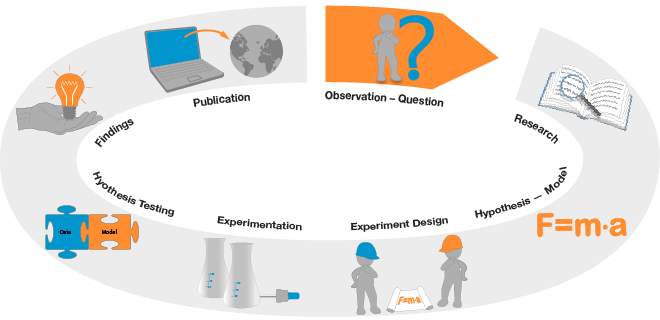
Observation / Research Question
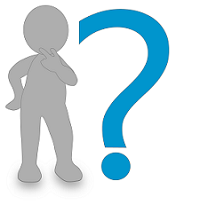
What keeps us researching? Curiosity! Everbody already experienced that: one observes or reads something and asks his- or herself: How does this actually work? Unlike most other people, a scientist can't leave questions like this unanswered. However, one answer mostly leads to a lot of new questions...
The first step to answering the question is to formulate it concretely. Only then can the search begin.
Research
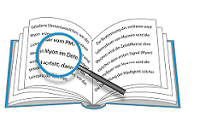
A good starting point for any investigation is almost always literature. Often you are not the first person to ask a question and you may find an answer in other people's publications. The Internet offers almost unlimited possibilities for research. Many scientific articles are freely available there. However, it is important to check the trustworthiness of Internet sources.
Even if your literature studies do not always lead to an answer immediately, one acquires a lot of background knowledge, which can help to find the answer during the further treatment of the question.
Hypothesis / Model
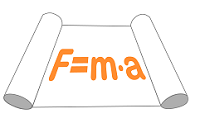
With the acquired knowledge as a basis, a model is developed which should describe a fact or an observation as well as possible. Such a model usually requires assumptions and simplifications. However, this should never be arbitrary, but always well motivated. Especially in the natural sciences, but also in many other sciences, mathematics is the language with which models are described or formulated.
Once such a model has been developed, it is put through its paces. In other words, you see whether it really describes reality well. To do this, a scientist considers the consequences of this model, which can be measured and tested in an experiment.
Experiment Design
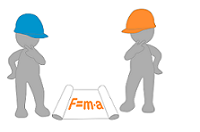
Once you are sure about what to measure, you must find out how to measure it. There are several things to consider. First of all, a test setup or detector must be designed with which an event can be measured without influencing the result of the measurement itself.
Possible factors that can influence the result must be considered and minimized in the experiment design.
Usually only a limited budget is available for the construction of an experiment. In this case, a cost-benefit estimate must be made for the components of the experiment. For example, it is certainly sufficient to measure the time a runner needs for 10 km with a standard stopwatch instead of a high-precision but expensive atomic clock.
Finally, a scientific experiment is characterized by the fact that its results are reproducible. If the result changes from measurement to measurement, the statements made on its basis lose their validity!
Experimentation
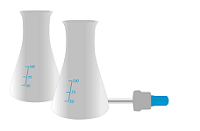
Before even a single measurement is carried out, a scientist ideally has already drawn up a work plan, which he then works through purposefully. Such a plan helps to work efficiently and not to lose the overview.
First, the scientist will ensure that he understands his experiment in order to build confidence in the outcome of a measurement. Calibration measurements are carried out to determine which settings of the individual components should be selected for the best possible test performance and which systematic errors are to be expected that can be traced back to the measurement itself. The actual measurement can then begin. In doing so, the work plan is again followed and every setting and every result is precisely noted, so that every step can be traced at a later point in time.
However, the experiment is not yet finished with the measurement itself. The last step is the analysis of the data, which means, for example, filtering out interfering signals in the data.
Hypothesis Testing
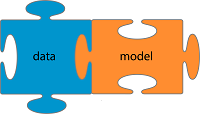
Once the data obtained from a measurement has been evaluated and analyzed, the result can be compared with the model predictions. Several models may be available with different predictions of the same experiment's outcome, so it can be checked which model best describes the data. It is also possible that several models describe the data equally well.
Findings
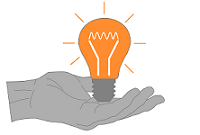
Irrespective of the outcome of an experiment and the result of the comparison of model and data, new insights can be gained if one has only worked properly.
It is possible that the comparison will result in good agreement between the model and the data. Then it is necessary to show or check whether the model is the only possible way to describe the facts. For example, you can examine the predictions of the model for other aspects of a phenomenon.
It may be necessary to adapt a model to describe more complex relationships more precisely. Even if the result is that the model and the data do not match at all, this can be a good insight. Because a model is usually based on assumptions that in turn build on existing knowledge, a mismatch between the model and data may mean the discovery of a new phenomenon or mechanism. This result is indeed the most exciting for many scientists, as new ways have to be found and explored to explain something.
Publication
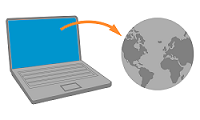
Science is based on people sharing their knowledge with each other. Otherwise, progress as we experience it today is not possible. Knowledge that is shared with others often leads to new questions, further experiments and ultimately to even more knowledge.
A procedure has also been established in science for the way in which knowledge is disseminated. What is particularly important, apart from the findings themselves, is also to describe how one was able to reach them. A detailed description of the investigated question, the experiment, the experimental procedure and the analysis of the data is formulated. This is necessary so that others can understand what has been done and can trust the result or give indications of mistakes made. In any case, reports on experiments with a negative outcome are also worth publishing, so that others do not carry out the same experiment at another time and thus waste valuable resources that could be used more sensibly.


